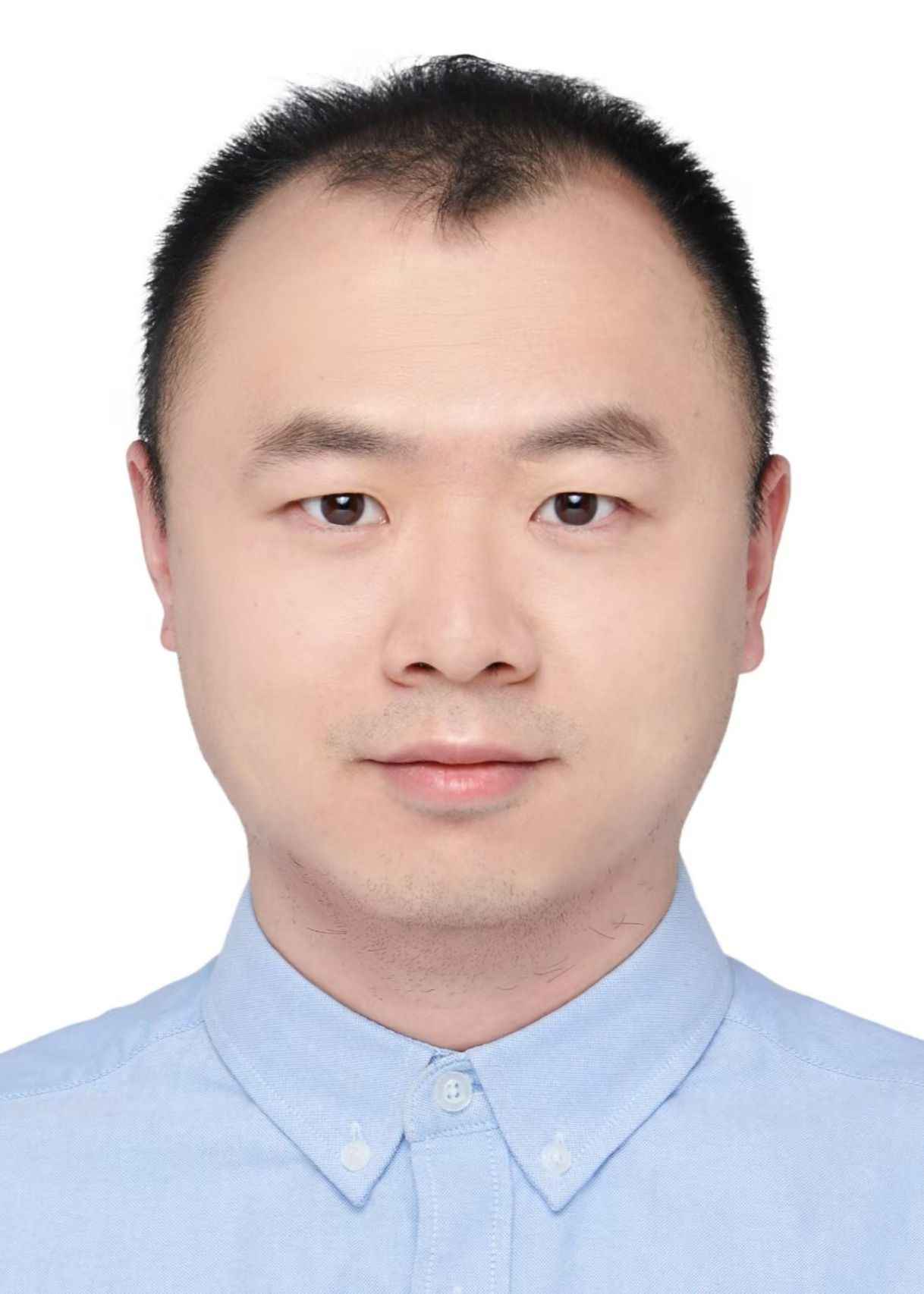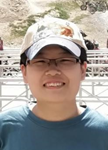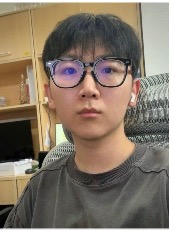 Current position:
Home
>
Team
>
Program Faculty
>
Peng Yuan
>
Research Direction
>
正文
Current position:
Home
>
Team
>
Program Faculty
>
Peng Yuan
>
Research Direction
>
正文
Neural activities are the basis of information representation and computation in the brain. While conventional tools in neuroscience can be effective in dissecting the brain circuits and neuronal subtypes involved in specific cognitive process, they provide limited insights in understanding the populational activities within a circuit. Therefore, a more refined set of tools in observing and manipulating neural activities can allow the investigation of principles of representation and computation of information in the brain. In my group, we combine the state-of-the-art in vivo microscopy and two-photon mediated single-cell gene editing/optogenetic technologies, in order to study the causal relationship of neural activity patterns and information coding during cognitive processes, and to establish and evaluate neural computation models at cellular level, thus advancing our understanding of brain functions.
Understanding the neural coding of cognitive variables and its abnormal state in brain disorders can provide invaluable insights in developing treatments against these conditions. In many brain disorders, the cognitive dysfunctions are not caused by neuronal death, but abnormalities in their firing patterns. Unfortunately, the link between the brain pathology and abnormal neural code is often poorly understood. Thus, rectifying neural code abnormalities remain to be an untapped opportunity for developing novel treatments, particularly for conditions that have been challenging due to the lack of obvious brain damage, such as autistic spectrum disorder, obsessive compulsive disorder and post-traumatic stress disorder.
Current project in my group:
1. Investigate the neural code of long-term memory and its abnormality in Alzheimer’s disease;
2. Investigate the neural code of short-term memory and explore its involvement in aphantasia;
3. Further develop novel tools for optical control of single-cell gene editing and optogenetics.

Email:wang_xin@fudan.edu.cn
Research Direction:Finance, Laboratory Safety and Project Management

Email:qian_sun@fudan.edu.cn
Research Direction:Sleep and Cognitive Information Processing, Astrocytes and the Mechanisms of Epileptogenesis

Email:pw_song@qq.com
Research Direction:Monitoring Memory Signals in Alzheimer's Disease

Email:liyiting@fudan.edu.cn
Research Direction:Research Direction: Memory Signals in the Neocortex

Email:czfeng@ion.ac.cn
Research Direction:Short-term Memory Encoding in the Cortex

Email:22111520019@m.fudan.edu.cn
Research Direction:Neural Network Modeling

Email:22111520030@fudan.edu.cn
Research Direction:Neural Activity Patterns of Spatial Memory Across Multiple Brain Regions

Email:22211520046@m.fudan.edu.cn
Research Direction:Memory Encoding Patterns of Engram Cells in the Hippocampus

Email:18301050013@fudan.edu.cn
Research Direction:High-Dimensional Dataset Analysis

Email:23211520019@m.fudan.edu.cn
Research Direction:Functional Exploration of Neurovascular Coupling

Email:23211520012@m.fudan.edu.cn
Research Direction:Functional Exploration of Neurovascular Coupling

Email:24111530018@m.fudan.edu.cn
Research Direction:Functional Study of Field Potential Modulation in Cortical Sensory Encoding

Email:24211530008@m.fudan.edu.cn
Research Direction:Spatial Memory Encoding in Alzheimer's Disease
 Address:
Address:
 Postcode:
Postcode:
 Email:
Email: